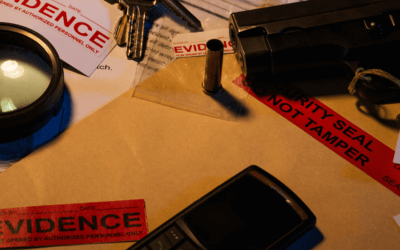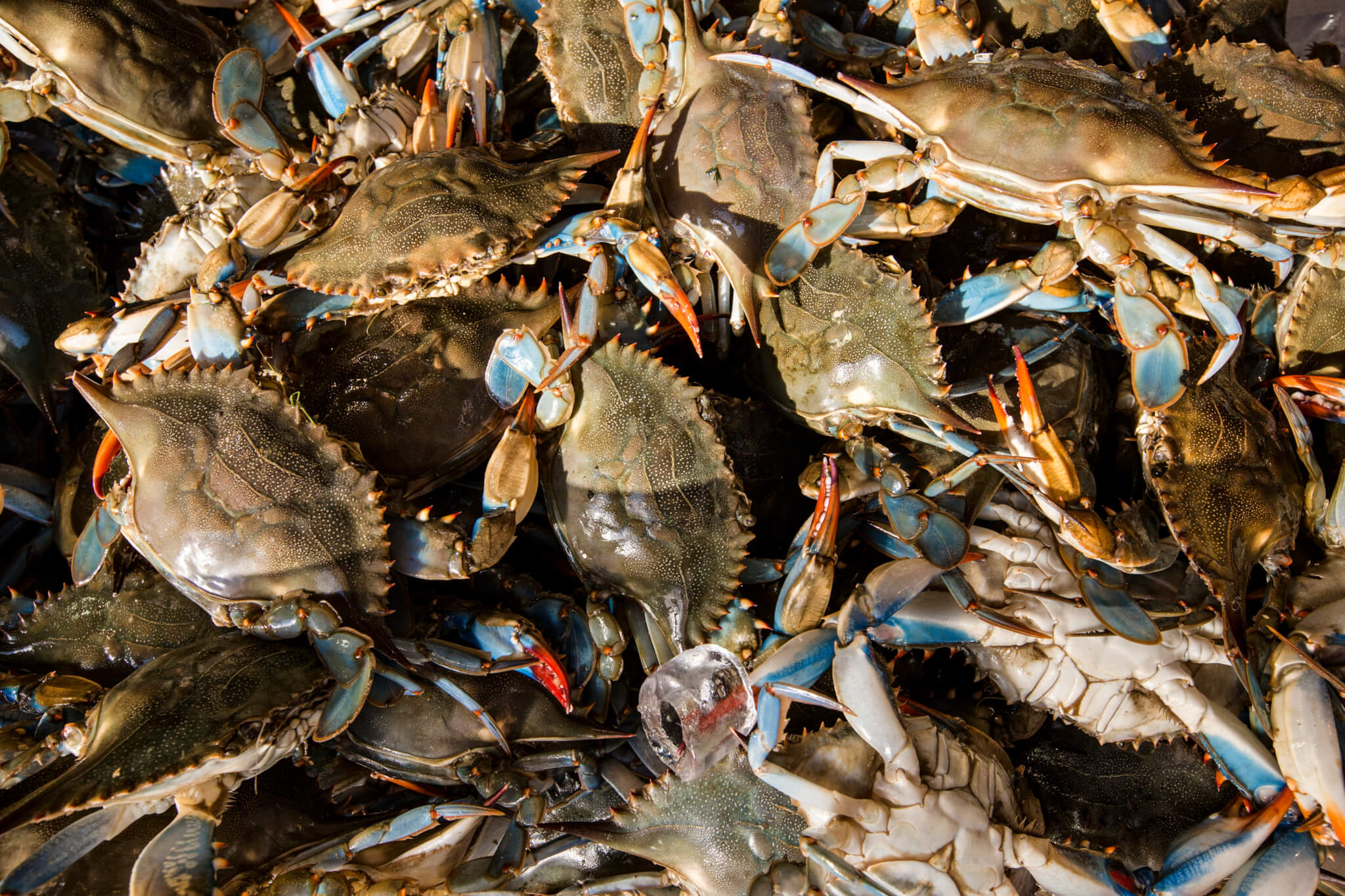
(AP Photo/J. Scott Applewhite, file)
by Charlie Paullin, Virginia Mercury
A state committee on crab management is recommending increases to crab catch limits this fall and next spring but keeping in place the summer reductions instituted last year after surveys found the population had plummeted.
The newest proposals follow the results of the 2023 Bay-wide Blue Crab Winter Dredge Survey, which found that the number of blue crabs in the Chesapeake Bay increased from 227 million in 2022 to 323 million in 2023. Improvements were seen across the board among adult males and females, as well as among juveniles. However, the juvenile numbers still remained among the six lowest recorded in the 34 years of the Winter Dredge Survey.
In Virginia, crab harvesting limits are set based on the size of the catching operation. Because the catch limits put in place in 2022 resulted in larger operations losing a greater percentage of their allowable catch, Virginia Marine Resources Commission staff recommended the new limits be adjusted to increase the amount of crabs they can catch.
“We deliberately did this to correct that problem so it’s more fair,” said Pat Geer, chief of fisheries management for the VMRC, which oversees the crab management committee.
“We’ll take it,” said James Hudgins, president of the Virginia Waterman’s Association and a committee member, in an interview with the Mercury after the meeting. Last year’s reductions, which Hudgins called a “knee-jerk” reaction to low female numbers, put pressure on oyster fishing in the fall if crabbers weren’t able to catch enough to support themselves, he said.
Nevertheless, some members of the public and committee during a Wednesday meeting spoke against maintaining any of the lower catch limits because of the impact they have had on the crab industry.
“We’ve got to be careful about what we do with this crabbing,” said committee member Marshall Cox.
Last year’s 4% reduction in allowable catch was precautionary, explained Geer. But in response to one member of the public asking for more information on how much certain catch reductions would increase the population, Virginia Marine Resources Commissioner Jamie Green said, “We do need to have a plan.”
Chris Moore, a scientist with the Chesapeake Bay Foundation and member of the committee, told the Mercury that 2022 resulted with a 15% decrease in crabs harvested and 19% less crabbing trips taken. However, he said, the survey results show that the numbers of females and males being caught are still above the desired targets set in a 2021 Chesapeake Bay Stock Assessment Committee report.
That’s concerning, Moore said, because females spawn future crabs and males may only be able to mate with a limited number of females.
“We’re not at necessarily a bad place” for females, Moore said, but “there might be a sperm limitation in the population. Therefore do we need to have a larger population of males out there in order to make sure our fertilization rates continue to stay as high as we need them to be in order to have good reproduction.”
Other efforts that Moore said could help the population are requiring crabbers to tag their pots so law enforcement can ensure an allowable number are being used, reducing the amount of predatory blue catfish in the Bay, restoring crab habitats with seagrass that can withstand rising water temperatures resulting from climate change, and installing reefs to spawn oysters, which also improve water quality.
“The more of those habitats where blue crabs can come and hide, forage, crabs can spawn … and not be eaten by other predators,” Moore said. “Those are going to allow more crabs to survive and create more crabs in the future.”
VMRC will vote in June on the recommendation, which would affect the fall and spring 2024 seasons.

VIDEO: Your support matters!
Your support matters! Donate today. @vadogwoodnews Your support matters! Visit our link in bio to donate today. #virginianews #virginia #community...
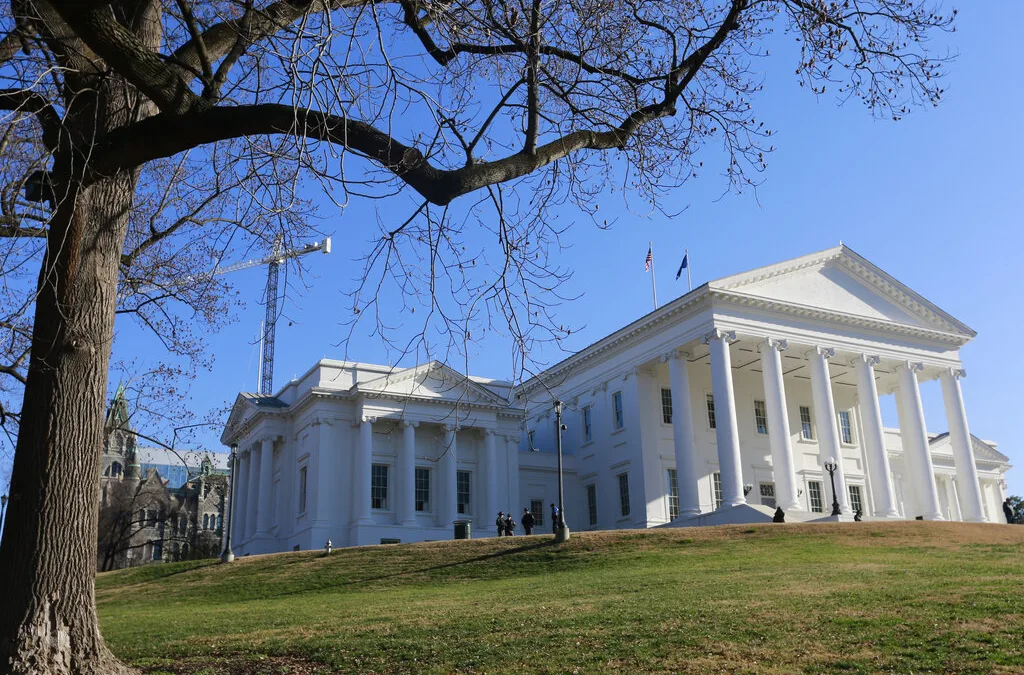
Op-Ed: Virginia’s new Democratic majorities pass key bills to improve your lives, but will Youngkin sign them?
The 2024 Virginia General Assembly regular session has wrapped up. It was a peculiar session from the outset, with Democratic majorities in the...
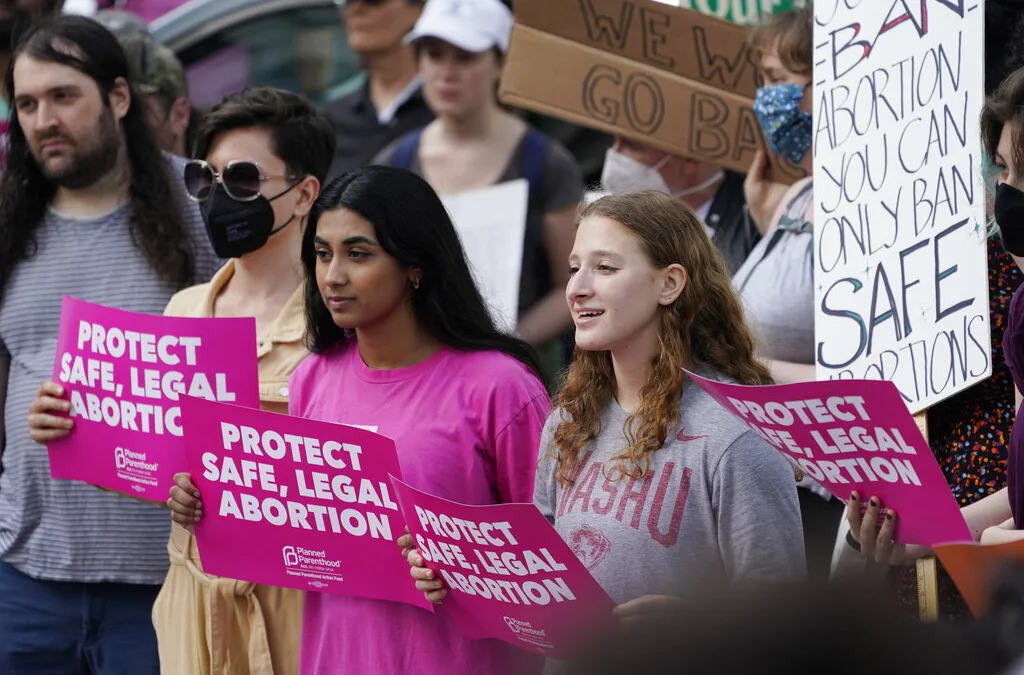
Op-Ed: Why Virginia Needs A Constitutional Amendment Protecting Reproductive Freedom
Virginia’s recent election season in 2023 drew in eyes from all over the country. Reproductive freedom was on the line and Virginia remained the...
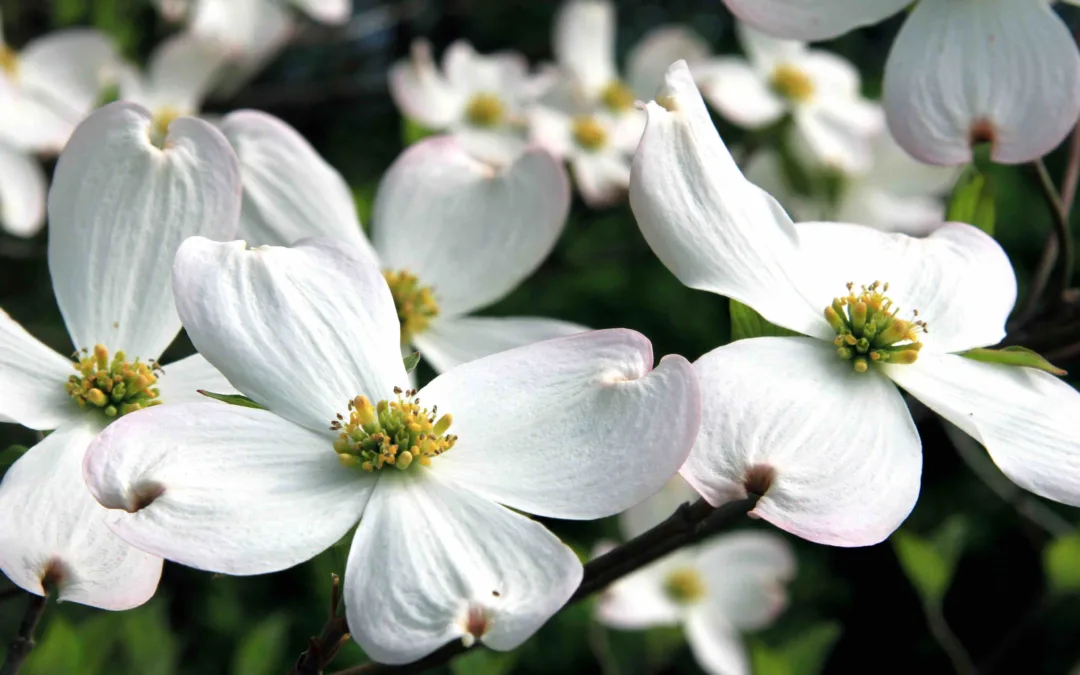
From the state rock to the state flower, here’s how Virginia got its symbols
Have you ever wondered why the Dogwood is the state flower? Or how the cardinal became the state bird? We’re here to answer those questions and more...

VIDEO: Second-gentleman Douglas Emhoff gives speech on reproductive freedom
Second gentleman, Douglas Emhoff touched on reproductive freedom not only being a woman's issue but "an everyone's issue" during the Biden-Harris...

Glenn Youngkin and the terrible, horrible, no good, very bad night
Election Day 2023 has come and gone, and while there are votes to be counted, one thing is perfectly clear: Virginians unequivocally rejected Gov....



